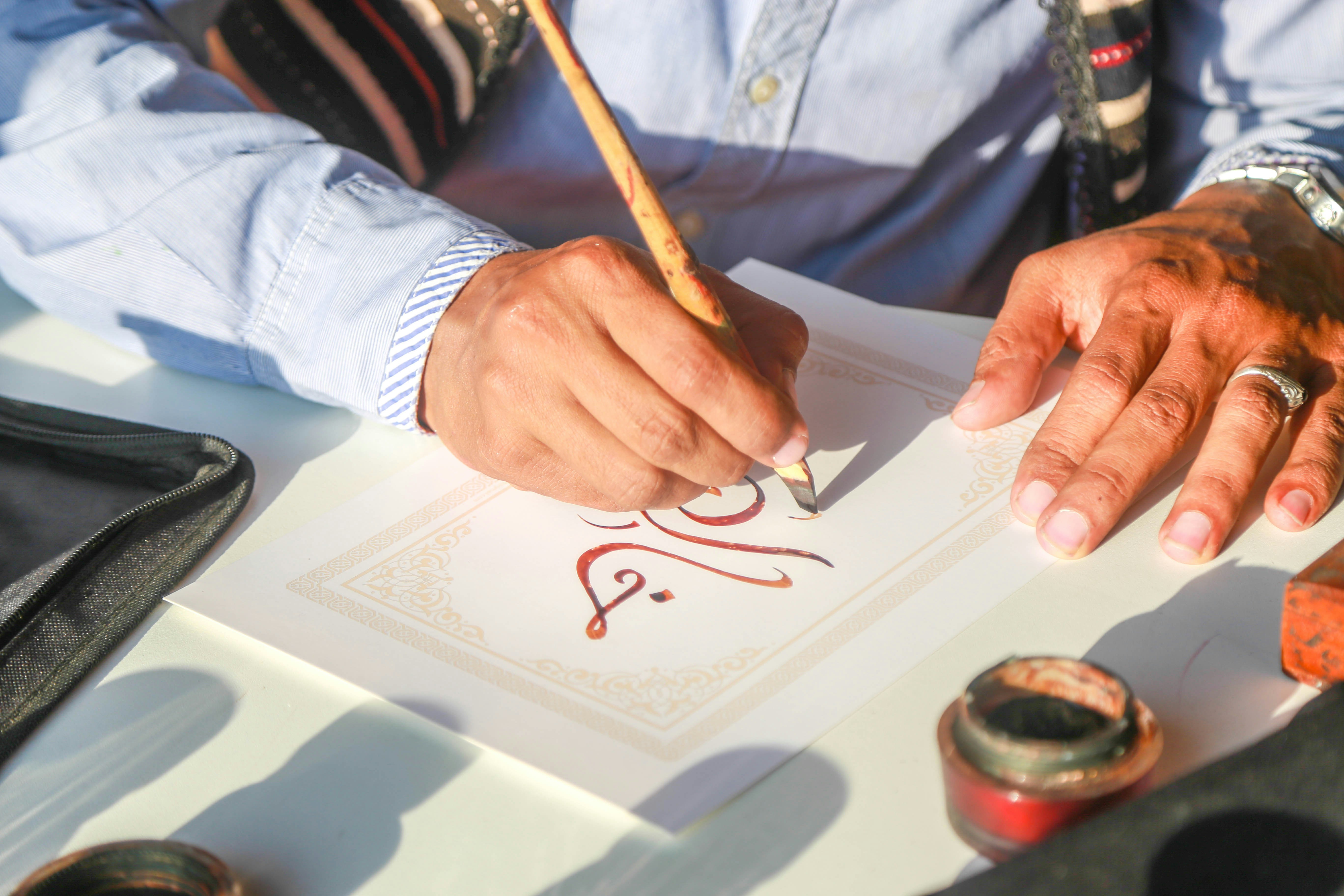Navigating the Diverse Landscape of Arabic Dialects

Arabic, a language rich in history and cultural significance, boasts a diverse array of dialects spoken across the Arab world. From the Maghreb to the Levant and the Gulf, each region offers its unique flavor of Arabic, shaped by centuries of linguistic evolution and cultural influence. For language learners, choosing which dialect to focus on can be a daunting task. In this guide, we'll explore the various Arabic dialects, highlighting their differences in vocabulary, verb conjugation, pronunciation, and more, to help you make an informed decision.
Understanding the Arabic Dialects:
Arabic dialects can be broadly categorized into three main groups: Maghrebi, Levantine, and Gulf. While Modern Standard Arabic (MSA) serves as the formal written and spoken language across the Arab world, dialects are used in everyday communication and vary significantly from one region to another.
-
Maghrebi Dialects:
- Spoken primarily in Morocco, Algeria, Tunisia, Libya, and parts of Mauritania and Mali.
- Characterized by Berber, French, and Spanish influences due to historical interactions.
- Pronunciation tends to be more relaxed, with vowel sounds often altered or omitted.
- Vocabulary may differ significantly from MSA, with loanwords from French and Berber languages.
- Verb conjugation follows a simplified pattern compared to MSA, with distinct forms for the past, present, and future tense.
-
Levantine Dialects:
- Spoken in countries like Lebanon, Syria, Jordan, Palestine, and parts of Israel.
- Influenced by Aramaic, Turkish, and French, reflecting the region's diverse history.
- Pronunciation features the distinctive "qaf" sound (ق) pronounced further back in the throat.
- Vocabulary includes many loanwords from French and Turkish, alongside unique local terms.
- Verb conjugation is generally simpler compared to MSA, with some irregularities in past tense forms.
-
Gulf Dialects:
- Spoken in the Arabian Gulf countries, including Saudi Arabia, Kuwait, Qatar, Bahrain, the United Arab Emirates, and Oman.
- Influenced by Persian, Indian, and English due to historical trade and migration.
- Pronunciation is characterized by a softened "qaf" sound (ق) and a tendency to merge certain consonants.
- Vocabulary incorporates loanwords from English and Persian, alongside traditional Arabic terms.
- Verb conjugation follows a simplified pattern similar to other dialects, with some variations in past tense forms.
Choosing the Right Dialect for You:
When selecting an Arabic dialect to learn, consider the following factors:
- Personal Goals: Determine whether your primary focus is on conversational fluency, cultural immersion, or professional opportunities in a specific region.
- Accessibility: Assess the availability of learning resources, tutors, and language exchange partners for your chosen dialect.
- Cultural Affinity: Explore your interests in Arab culture and history to connect with a dialect that resonates with you on a deeper level.
- Practicality: Consider the potential utility of the dialect for travel, business, or academic pursuits in the Arab world.
In conclusion, in the vibrant tapestry of Arabic dialects, each variation offers a unique window into the rich cultural heritage of the Arab world. Whether you're drawn to the poetic charm of Levantine Arabic, the rhythmic cadence of Gulf Arabic, or the colorful expressions of Maghrebi Arabic, embarking on the journey of learning a dialect opens doors to new experiences and connections. By understanding the key differences outlined in this guide and aligning your choice with your goals and interests, you can embark on a rewarding linguistic adventure tailored to your individual preferences.
